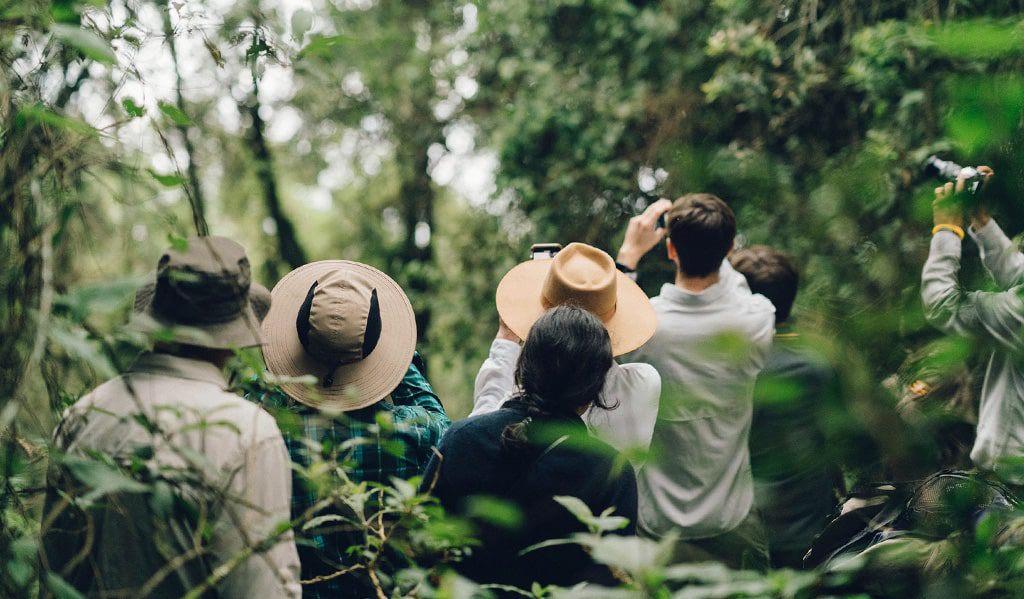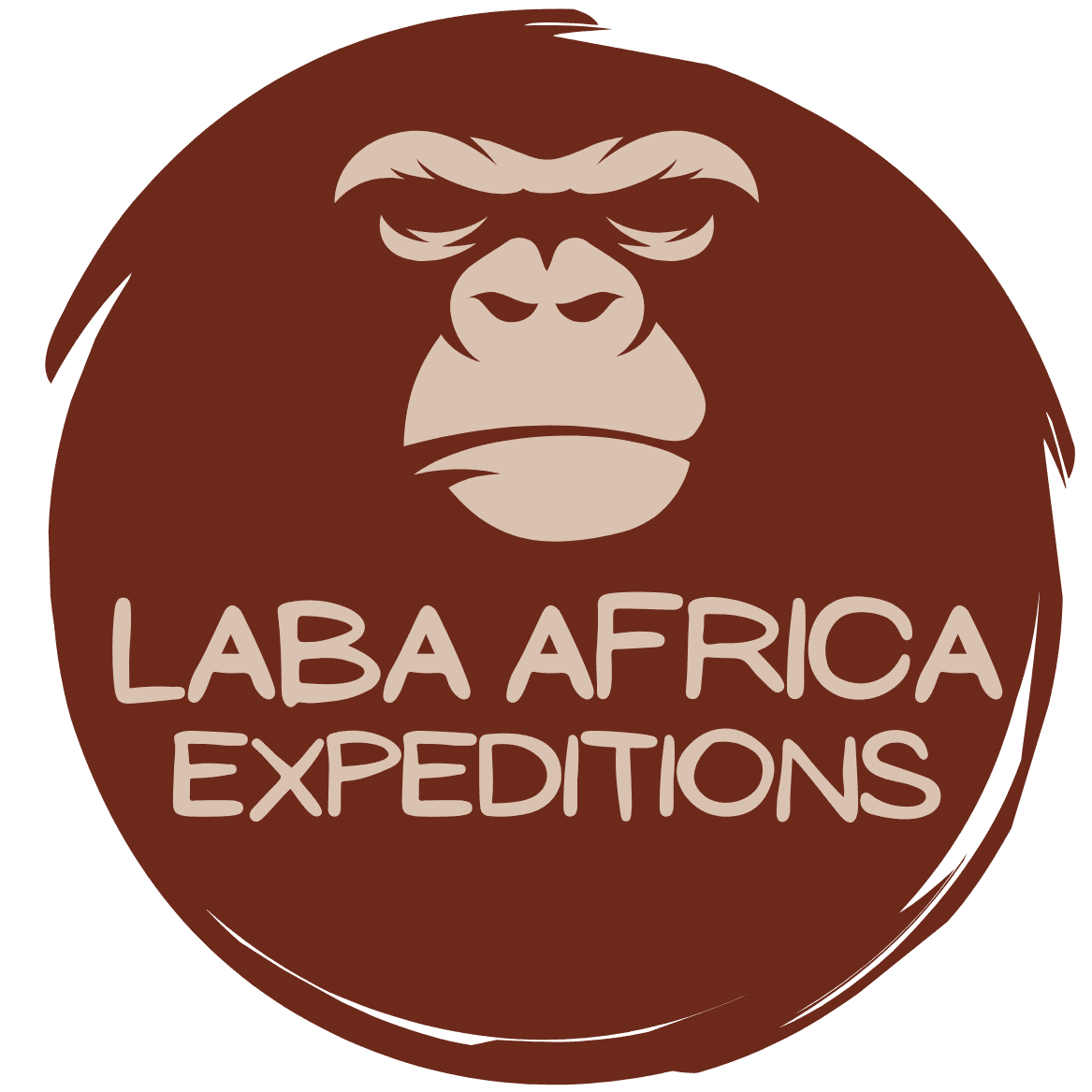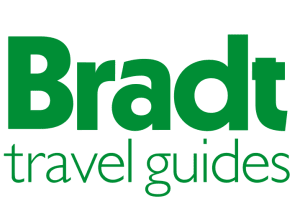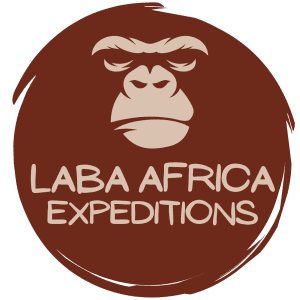DISCOVER RWANDA
Colobus Monkey Tracking in Nyungwe Forest National Park
The Colobus monkeys are more active than the chimps, so you’ll be entertained while you watch them, and because there are so many of them, you’ll have a lot more photography chances.
Colobus Monkey Tracking in Nyungwe Forest National Park: Colobus Monkey tracking in Nyungwe Forest National Park is one of the top primate activities available to visitors. This activity goes well with chimpanzee trekking, canopy walks, and hiking trips in Rwanda’s Nyungwe Forest National Park. Colobus monkey trekking takes place in Nyungwe national park in southern Rwanda, around 6 hours drive from Kigali. The park is densely populated, and it is not uncommon to see a group of over 500 people while on this journey. It is ideal to follow them in the morning, when they are actively feeding and grooming before resting, just like the other primates. There is a semi-habituated group in the Nyungwe forest that adds to the experience by aggressively traveling around the forest.
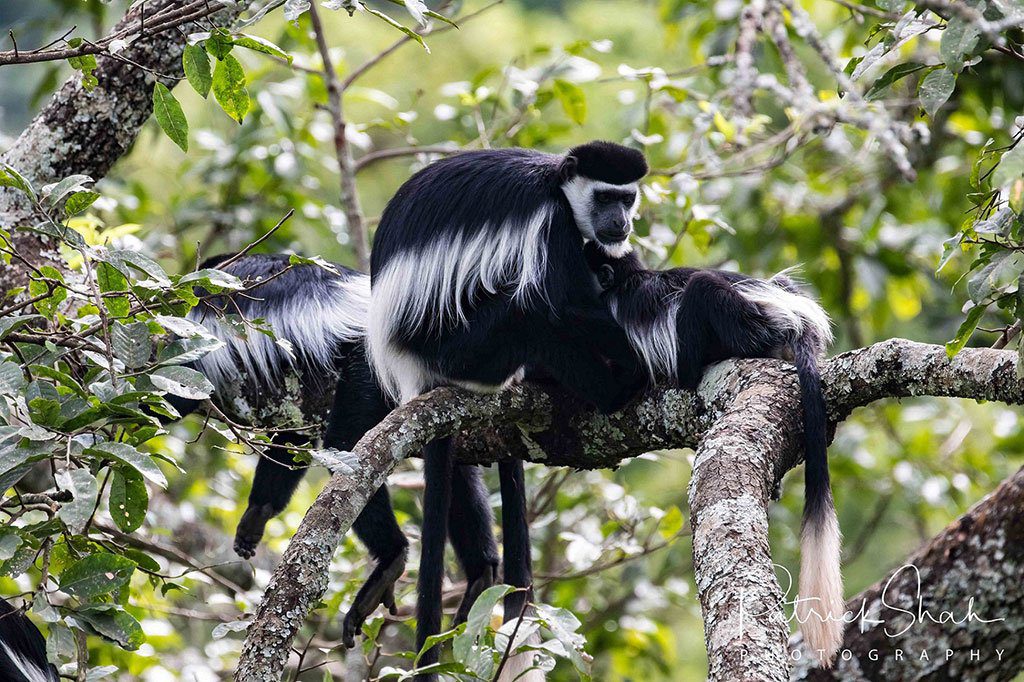
The Colobus monkeys are more active than the chimps, so you’ll be entertained while you watch them, and because there are so many of them, you’ll have a lot more photography chances. The walk begins with a briefing at the park office in Uwinka, where your driving guide will pick you up. After learning about the expectations for your time in the forest, you will be brought into the forest by ranger guides to begin your adventure. When you see the Colobus monkeys, you have one hour with them before beginning your trip out of the forest.
The forest is evergreen and is considered to have survived the ice age approximately 2,500 years ago, therefore it has a rich fauna and flora owing to a combination of mountain rainforests, bamboo, ponds, swamps, and savannahs encompassing about 1000 square kilometers. One of the best primate activities accessible to guests is Colobus Monkey Tracking in Nyungwe Forest National Park. This activity complements chimpanzee trekking, canopy hikes, and hiking excursions in the national park.
The forest is evergreen and is said to have survived the ice age roughly 2,500 years ago, therefore it has a diverse fauna and flora due to a mix of mountain rainforests, bamboo, ponds, marshes, and savannahs covering approximately 1000 square kilometers. The Angolan colobus monkeys (Rwenzori colobus monkeys) in Nyungwe Forest National Park form enormous groups of more than 500 individuals, a phenomenon found only among the colobus monkeys in Nyungwe Forest National Park.
As a result, the colobus monkey sightings in Rwanda’s Nyungwe Forest National Park are among the best in the world. A diverse range of animal and plant species may be found in the varied ecosystems. There are 13 primate species, including chimpanzees, 322 bird species, 38 reptile and amphibian species, over 1000 plant species, and 85 mammal species, which include forest buffalos, massive forest pigs, and bushbucks.
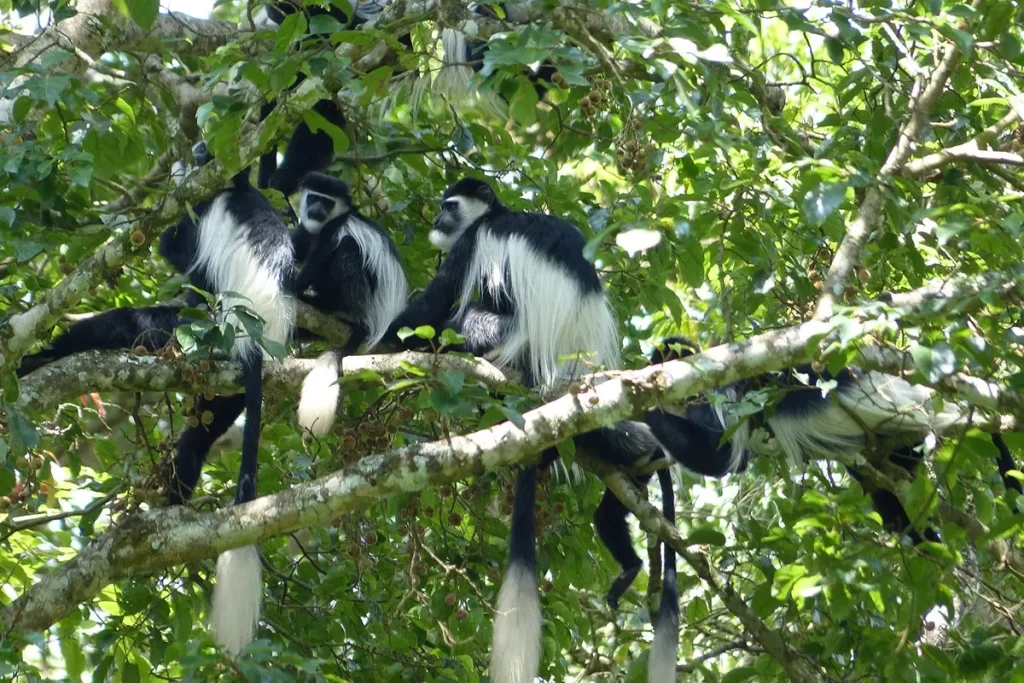
Trekking a large group of these colobus monkeys and watching these lovely monkeys that are very active and social, that do a lot of playing and grooming when they are not swarming fruiting tree branches, or lining up on the bark and branches of an old tree to eat off the lichens, or covering an entire lush green ground in black and white when they come down from the trees to eat some herbs and clay, is a beautiful wildlife adventure.
During your time with the colobus monkeys, you have a strong chance of witnessing other monkey species that live in the area with huge colobus groups. Blue monkeys, Mona monkeys, and Mangabey monkeys are the most common monkeys observed with colobus monkeys. They are typically found in small groups of a few individuals and are most likely to follow the giant colobus monkeys for added protection from predators, mainly chimpanzees.
About Colobus Monkey Tracking in Nyungwe Forest
Black and white Colobus monkeys are beautiful to photograph, and primate fans will enjoy seeing baby Colobus monkeys. Mature black and white Colobus monkeys have black fur on their backs and white fur on their tails, whereas juvenile monkeys are normally white.
When visiting Colobus monkeys, visitors may also observe other primates such as blue monkeys, red-tailed monkeys, baboons, Mona monkeys, grey-cheeked mangabeys, and chimps. The Gisakura colobus monkeys have four trekking schedules each day: 8 a.m., 10 a.m., 1 p.m., and 3 p.m. This group is thus the ideal option if you want to add a quick extra activity to your chimpanzee trekking tour in Nyungwe Forest National Park in Rwanda.
Cost of Colobus Monkey Tracking in Nyungwe Forest National Park.
Trekking to see the variety of Colobus monkeys costs $40 per person, not counting the $100 park entry charge. Viewers can only follow these monkeys for an hour, but they can return as many times as they like during the day.
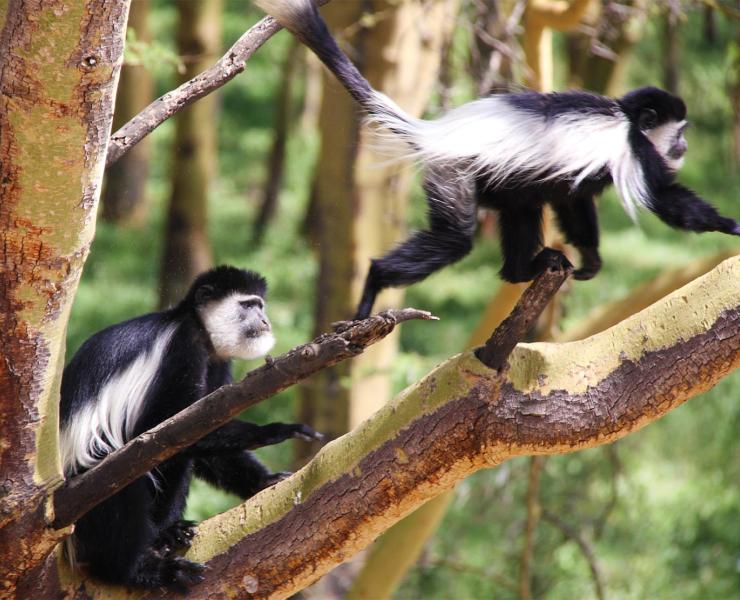
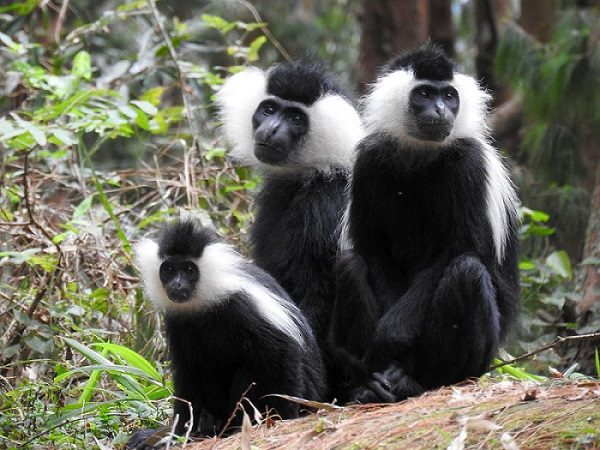
Number of Colobus Monkeys in Nyungwe Forest National Park.
Two groups of colobus monkeys have been educated for colobus monkey tracking tours in Nyungwe Forest National Park. The colobus tracking trip in Nyungwe forest enables you one hour with the monkeys when you discover them. You may spend a whole day with the monkeys if you are a photographer, and these monkeys are a photographer’s dream!
One of the two habituated groups is a supergroup of 500 or more colobus monkeys at Uwinka, which also functions as the park’s visitors’ center or headquarters. The second group of habituated Colobus monkeys is not a big group because it only has about 60 members. This group is located in the national park’s Gisakura area.
Because it is easier to access without much walking, the Gisakura group is the most popular for hiking adventures, and the monkeys commonly hang out near the forest’s edge. The Uwinka colobus monkeys group goes about to get enough food for the large group. It is periodically confronted by chimp groups in the Uwinka area and is forced to flee. Chimpanzees eat colobus monkeys and aggressively seek them out for food. The Uwinka colobus monkey group frequently escapes to greater areas to evade the chimpanzees.
While the experience might take all day depending on where the monkeys roam, the Uwinka colobus group only has one scheduled every day at 9 a.m. Unlike the Gisakura group, which may be done as an additional activity on the same day as another Nyungwe activity, the Uwinka group requires a particular day. This group is ideal if you want to spend an entire day photographing colobus monkeys in Nyungwe Forest National Park.

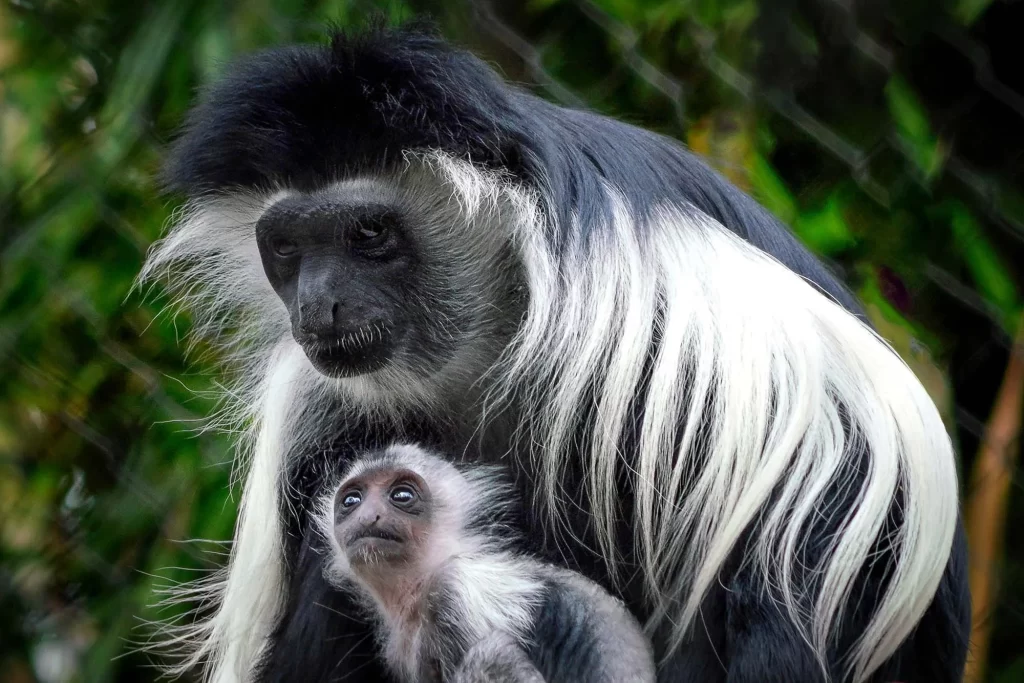
Age Limit for Colobus Monkey Tracking in Nyungwe Forest National Park.
The colobus monkey tracking in Nyungwe forest national park is open to anybody above the age of 12; anyone under this age is not authorized to participate.
How fit should one be for Colobus Monkey Tracking in Nyungwe Forest National Park?
Basic fitness is sufficient for visiting the Gisakura group. But, if you plan to monitor the Uwinka group, you must be physically fit since you will be going up and down slopes and through deep forests.
What is the Best Time for Colobus Monkey Tracking in Nyungwe Forest National Park?
Colobus monkey trekking is offered all year at Nyungwe forest national park. Nevertheless, the optimum months for trekking are the drier months (dry season), which are December to February and June to mid-September. During the wet seasons, April-May and October-November, the terrain is hazardous, making travel more difficult.
What to pack for Colobus Monkey Tracking in Nyungwe Forest National Park?
When planning to go colobus monkey tracking in Nyungwe forest national park, you will need to pack the following essential items for trips;
- Insect repellent
- Water for drinking
- Wear long-sleeved shirts, trousers
- Waterproof hiking boots
- Raincoat or Poncho
- Sunscreen cream
- A hat/cap to protect you from the scorching sun
- Snacks or packed lunches to keep yourself energized during your track.
